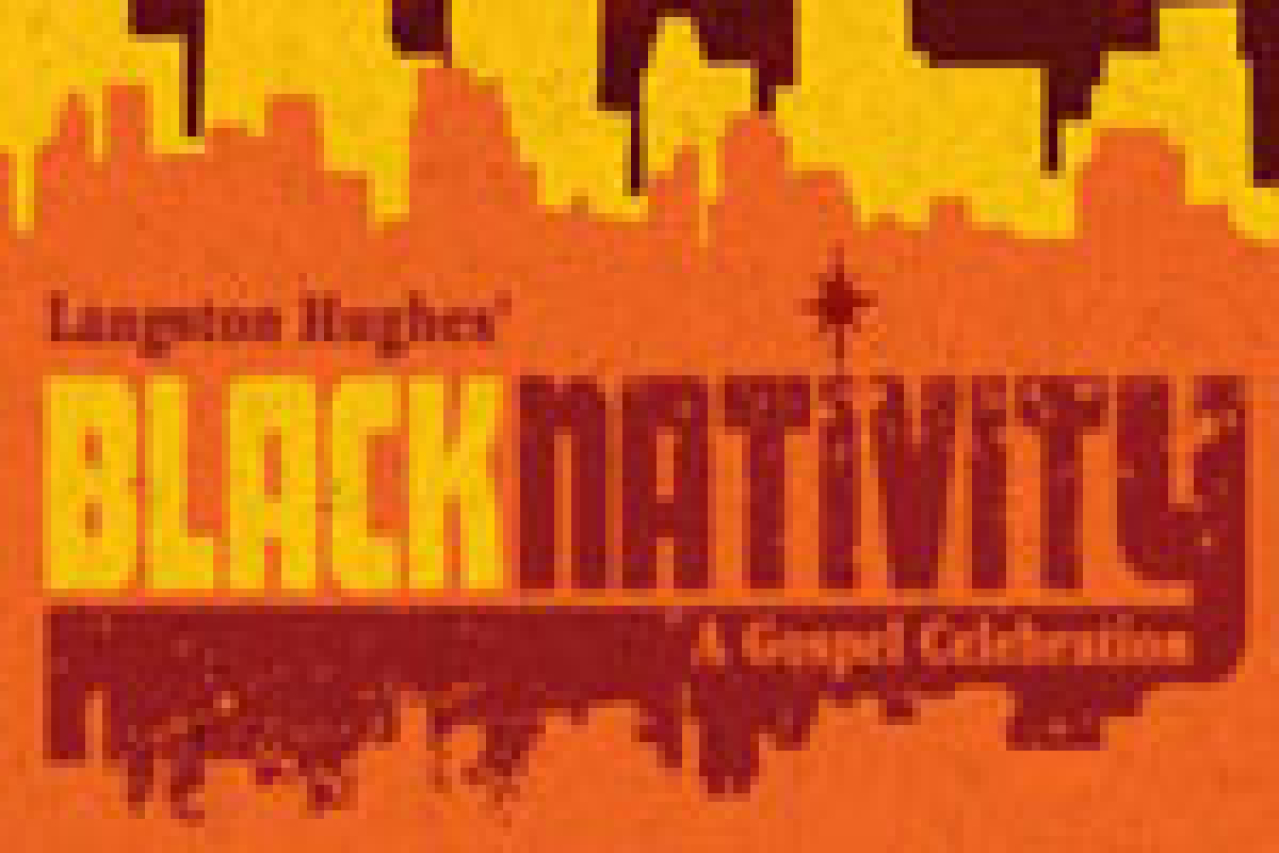Black Nativity

in Black Nativity
(© Stephanie Berger)
A person would have to be chockful of “bah-humbug” not to fall head over snowboots for the tomfoolery that The Classical Theatre of Harlem makes of
Black Nativity, now at the Duke on 42nd Street. Poet Langston Hughes — who died in 1967 — would undoubtedly be surprised to discover that director Alfred Preisser and company have decided this time to update his 1961 work to 1973 and lodge the Biblical characters in New York City’s 42nd Street Port Authority. But he’d undoubtedly also be delighted at the refurbishing, since Preisser’s thought is that were Mary and Joseph seeking shelter in Manhattan 24 years ago, the Port Authority waiting-rooms might be the manger equivalent they’d find for themselves and their blessed newborn.
It’s not a bad premise, particularly since this opening chapter of the greatest story ever told is sketched in quickly and is almost instantly superseded by the real purpose of the production’s 90 roof-raising minutes. The troupe makes midnight-clear from the foot-stomping beginning that their intention is to produce the most joyful noises possible. As they do, they succeed at blurring the lines between musical revue, floor show, and revival meeting.
To emcee the hotsy-totsy hullabaloo, The CTH has turned to Andre De Shields, a company mainstay for a few years now, in the role of Bible-spouting pastor. Although he’s appearing as a man of the lord, the high-octane actor naughtily and shrewdly draws on the viperish, attention-getting mannerisms he so gorgeously displayed in 1978’s Ain’t Misbehavin’. Stylish in boundaries previously staked out and elaborated on by Duke Ellington, Cab Calloway, and Bobby Short, he’s joy bursting out of a magic lantern. His craggy face, mile-wide smile, and those Silly Putty legs seemingly powered by Duracell batteries come across as the embodiment of seasonal gaiety. “I’m shameless, but Jesus is my designer,” he gloats and glows when he arrives in yet another glittery Kimberly Glennon creation.
But hold on. It’s not all-De Shields-all-the-time. An entire gang of heavenly choristers circulate to reprise carols, gospel numbers and give the poetic words ever new meaning. Though Hughes’ order is shifted, “Go Tell It on the Mountain” is still included, as are, among rousing others, “Sweet Little Jesus Boy,” “Jesus on the Mainline” and “Can’t Stop Praising His Name.” At one point Phyre Hawkins, Ebony Blake, Laiona Michelle, and Tryphena Wade give themselves a bee-hived Supremes-like work-out on “A Pity and a Shame.” At another point Melvin Bell III, Alexander Elisa, Enrique Cruz DeJesus and Rejinald Woods drop their voluminous choir robes to get down with some Temptations gyrations on “Go Tell It on the Mountain.” At still another sizzling juncture, the trumpet-voiced Michelle and Wade lead a “Heigh-ho” shout-out, and they actually make palatable what in other circumstances could be an irritating audience participation number.
Mention of these few routines skips right past the high-spirited treatment of several other songs by these Yuletide witnesses. And that’s not to cite the soulful dancing Cruz DeJesus and choreographer Tracy Jack do as the homeless Joseph and Mary. Jack is so clever that at the end of one Joseph-Mary pas de deux, she places herself in a crucifix-foreshadowing pose. The four-man band — headed by Kelvyn Bell, whose guitar registers impressively high on the funk meter — provides able support for the gospel, blues and rhythm-and-blues sounds that make the rafters tremble, and are perched on modular towers.
Along the way, the usually vibrating De Shields sits down with a newspaper and supposedly reads accounts from trouble spots on today’s globe. Cross-legged on the floor in front of him and singing “Silent Night” in dulcet, unpolished tones are the nine fresh-faced members of The Shangilia Youth Choir of Kenya, who’ve been imported for the occasion. In an otherwise jubilant program, it’s a sobering — and certainly pertinent — sequence.
At this time of year, when nay-sayers groan over how commercial the holidays have become, Black Nativity is an ebullient antidote to that disappointed state of mind.











